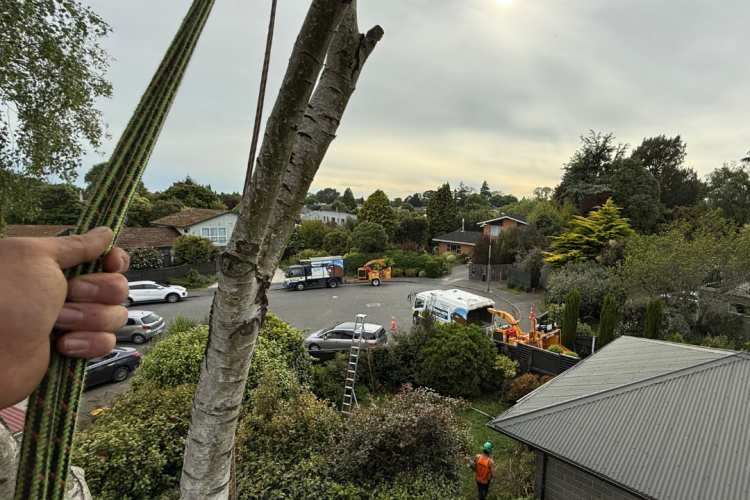Do I Need Council Permission to Remove a Tree on My Property?

Removing a tree from your property might seem straightforward, but in New Zealand, local council regulations often dictate whether you need permission. These rules vary across regions, especially concerning protected or notable trees. At Beaver Tree Service, we operate across Christchurch, Wellington, Horowhenua and Kāpiti, Manawatū, Taupō, Rotorua, and Wairarapa. Here’s a breakdown of what you need to know in each area.
Christchurch
In Christchurch, certain trees are protected under the District Plan. If a tree is listed as notable or is within a protected area, you’ll need to apply for a resource consent before removal. The Christchurch City Council provides detailed guidelines on this process.
Protected trees and guidelines : Christchurch City Council
Wellington
Wellington City Council generally doesn’t regulate trees on private property unless they’re protected. Protected trees are listed in the District Plan, and any work on them requires council approval. It’s essential to check if your tree is on this list before proceeding.
Horowhenua and Kāpiti
In Horowhenua, notable trees are protected and removing them requires a resource consent. The council emphasises the importance of these trees to the community’s heritage and environment. Similarly, Kāpiti Coast District Council has rules governing the removal of native vegetation. It’s advisable to consult with the council’s duty planner for guidance.
Vegetation – Kāpiti Coast District Council
Manawatū
The Manawatū District Council doesn’t typically control tree removal on private property unless the tree poses a nuisance or danger. However, if a tree is causing issues for neighbors or is near property boundaries, it’s best to consult the council or seek legal advice.
Nuisance Trees | Manawatū District Council
Taupō and Rotorua
In Taupō, the council’s Tree and Vegetation Policy outlines the management of trees on council land, but for private properties, it’s crucial to check if the tree is protected. Rotorua Lakes Council requires permission for removing trees on public land, and while private property regulations are less stringent, it’s still wise to verify any restrictions.
Trees and vegetation – Taupō District Council
Wairarapa
Wairarapa encompasses several districts, each with its own rules. Generally, if a tree is listed as notable or is within a conservation area, you’ll need council approval for removal. It’s recommended to contact your local council office for specific guidelines.
Conclusion
Tree removal regulations in New Zealand are region-specific, and non-compliance can lead to fines or legal issues. Before removing a tree, always check with your local council to determine if permission is required. At Beaver Tree Service, our experienced arborists are familiar with regional regulations and can assist you in navigating the process safely and legally. Contact us today for expert advice and professional tree removal services tailored to your area’s requirements.
